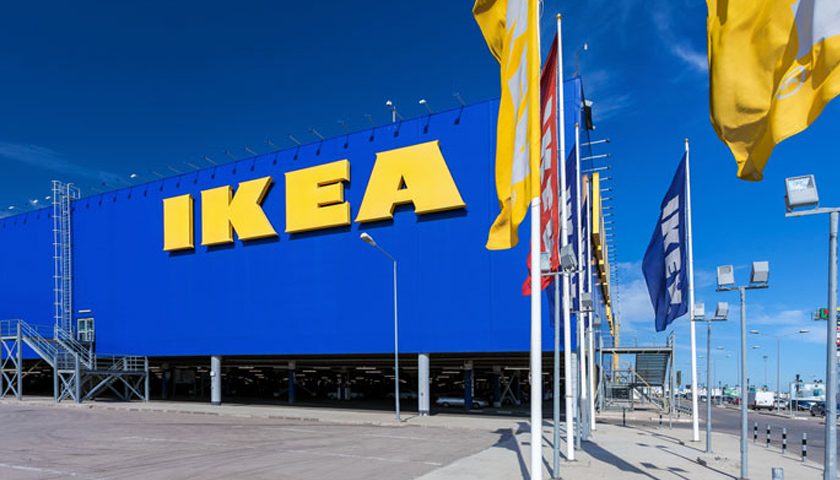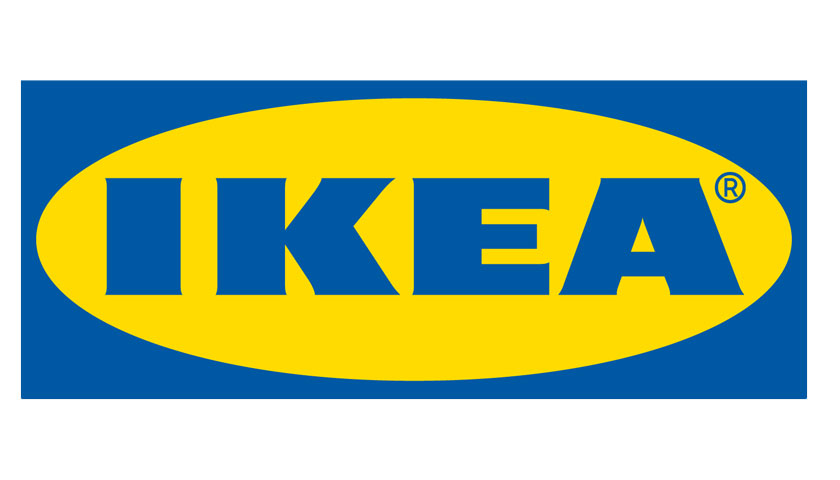Keeping last-mile services sustainable and cost-effective while meeting customers’ expectations is challenging. For the last couple of years, IKEA retailers have been introducing electrical trucks for home delivery services. Now, the IKEA franchisor adds a more sustainable alternative home delivery transport solution: Solar-powered cargo bikes.
During the last year, the IKEA store in Delft, The Netherlands, completed a pilot using a solar-powered cargo bike for delivering products to its customers within the city centre around the store. After evaluating the pilot, the worldwide IKEA franchisor (Inter IKEA Systems B.V.) now has decided to scale up and give all IKEA retailers around the world the possibility to add a more sustainable, accessible and cost-effective alternative to their home delivery fleet within their market.
“This Sunrider bike can accommodate roughly 90 per cent of the IKEA product range and emits 98 per cent less CO2 than modern diesel vans. For IKEA, it’s important to explore new ways to improve the service offer for the customers, both from a more sustainable, affordable and accessible perspective. The solar-powered cargo bike does all that”, says Helene Davidsson, Sustainability Manager, Inter IKEA Systems B.V.
Sustainability, affordability and accessibility
The global IKEA franchisor has three key priority areas; sustainability, affordability and accessibility. Finding new logistic and customer fulfilment solutions that can meet the need of urban environments and increased e-commerce, while also being friendly to the climate, environment, and co-workers are accomplishing all three priority areas.
“We want to meet more people, and many of our future customers will live in cities with limited access to transportation. This challenge provides a great opportunity to explore new ways of making our products available. The solar-powered cargo bike will be a valuable addition to last-mile service, as it offers a quiet, emission-free alternative that can also bypass traffic congestion”, says Helene Davidsson.
Becoming climate positive
By 2030, the ambition is to become climate positive by reducing more greenhouse gas emissions than the IKEA value chain emits while growing the IKEA business. To become climate positive, the total IKEA value chain should reduce the climate footprint in line with the 1.5°C target – including halving emissions by 2030 and reaching net zero by 2050 at the latest.


